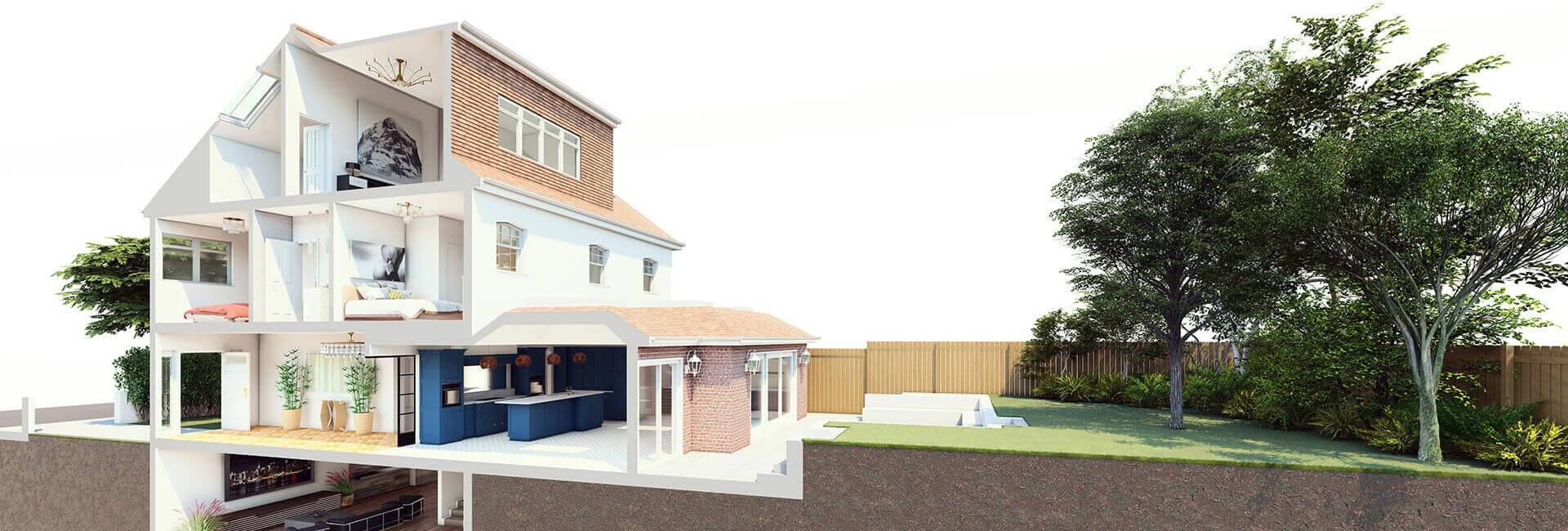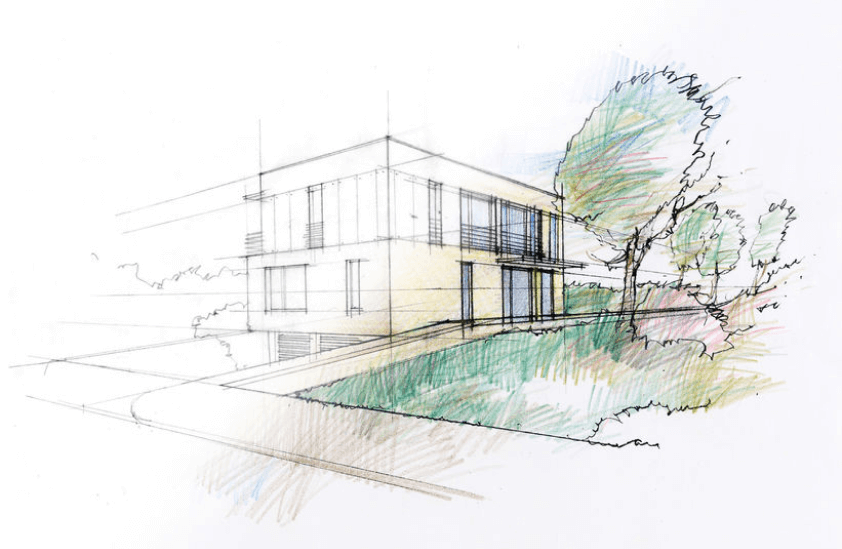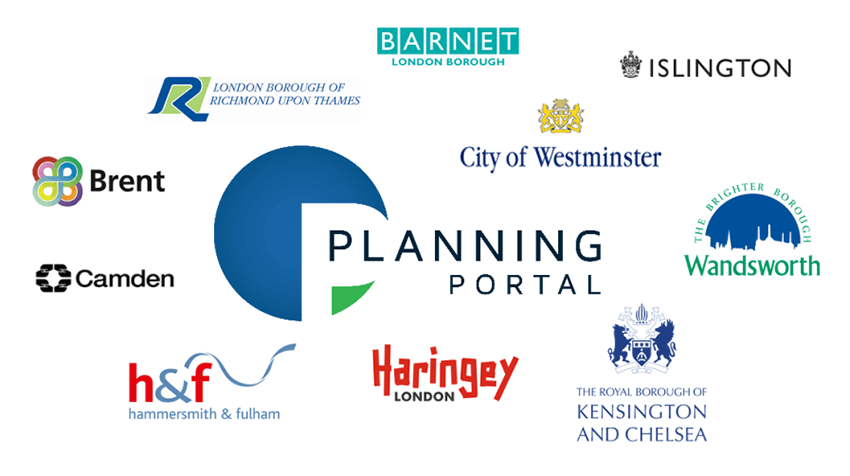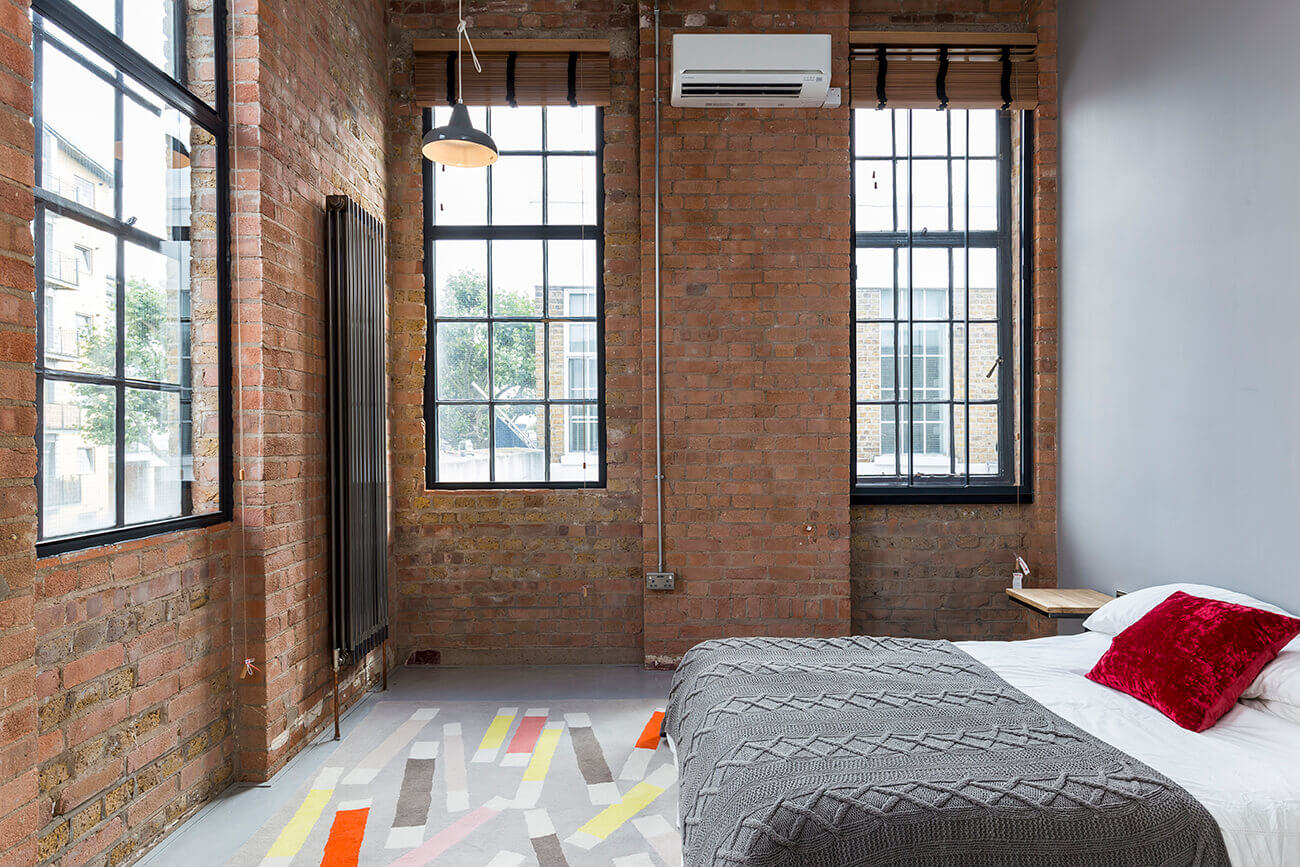
What does an architect do and what is an architect
Whether you're having a new build, an extension, or perhaps a refurbishment, working with a team of qualified professionals is essential. An architect is one of the qualified experts that are a crucial element for every construction project. We shall have a look at who an architect is, what an architect does and any other important details concerning architects.
What is an architect
An architect is a highly trained, skilled and licensed professional responsible for planning, designing and overseeing the construction of buildings. Every building varies in design and functionality. An architect uses their creativity and skills to ensure they create a safe and functional space. The architect fees vary depending on the work they'll do.
What does an architect do
Apart from planning and designing buildings, there are other responsibilities that an architect has to undertake. It is also the responsibility of an architect to ensure that public safety is considered in every project they handle. An architect's job doesn't end upon completion of the construction especially if there will be a need to incorporate any new trends into the design in future.
Those projects that involve working on homeowners' personal property often work with residential architects. On the other hand, commercial architects work on projects like offices, historical buildings, banks and shops.
The three major aspects of an architect's responsibilities include the following:
- Designing
- Documenting
- Construction
Designing
Once you have an architect on board, it's upon them to ensure that your vision or dream design is transformed into reality. Architectural services in London require technical knowledge which aids in coming up with unique and creative building designs.
To ensure that they design a safe and functional space, the architect should be conversant with the building regulations, health and safety requirements, and local planning restrictions.
You also get to have several meetings with your architect to ensure that the design proposals are in line with your ideas and visions. It is your opportunity to view a 3D rendering or virtual tour of your proposed new project. Your architect will also work closely with other team members involved at this stage of the process like the structural engineers, designers, and builders.
Documenting
With the documenting role, the architect should ensure that they produce the planned design on paper in a well-detailed manner. It's at this point that they determine the feasibility of the design and make any adjustments necessary to fit the client's requirements, budget, and building regulations.
This process requires due diligence and expertise to avoid having multiple revisions. The documents and detailed drawings should easily translate the technical specifications and instructions to the contractors, builders, and any other team members involved.
Construction
Here, the architect has the responsibility to oversee the construction process, conduct meetings and visit construction sites, negotiate with contractors and solve any problems that may arise among other duties.

What are the different types of architects
The architecture field is wide enough and it's categorised into different professions/specialisations. Some of the different types of architects include the following:
- Technical architect
- Design architect
- Landscape architect
- Project manager
- Interior designer
- Junior architect
Technical architect
A technical architect is responsible for the essential details of a building plan and ensuring that the building design is viable and able to result in a functional space. They produce the construction drawings and oversee the construction process.
For small projects, technical architects may not be necessary if there are design architects, but for big projects it's essential to have one.
Design architect
Design architects are responsible for coming up with the project's overall design. Some of the things they need to consider when conceiving the design include the following:
- The client's needs and vision
- Construction site
- Surrounding area/environment
- Client's budget
- Building regulations
Landscape architect
Landscape architecture involves designing outdoor spaces like gardens and parks and some structures within those spaces. Apart from having similar skills as other architects, landscape architects also need additional skills like planting design, stormwater management and sustainability planning.
Project manager
Project management is a crucial aspect of any construction project. To efficiently and effectively manage the project the project manager needs to be deeply knowledgeable on the architectural process/details.
Interior designer
Interior designers are responsible for creating comfortable interior spaces for their clients. They need to consider the client's needs and preferences when dealing with the interior design of a space. From choosing the right furniture and decor, to selecting materials and finishes, interior designers also need to consider the building codes.
What is the difference between an architect and:
Designer
It is quite easy to mistake a designer for an architect. However, the main difference is that an architect must have an architectural degree and be licensed to practice. On the other hand, a designer need not have a degree and is not licensed to practice.
There is also the design architect who is a licensed architect that has passed the registration but they've chosen the design aspect of the project as their main area of focus.
Civil engineer
The main difference between an architect and a civil engineer is that architects are responsible for designing and planning while civil engineers oversee actual construction. Also, architects are mainly involved with buildings while civil engineers can work on other things like roads, bridges, or water systems.
Technologist
Architects and architectural technologists can seem very similar since they both can design the technical aspects of buildings. However, the main difference between them is that while an architect must hold Professional Indemnity Insurance that protects their clients against failure to exercise reasonable care, there is no requirement for architectural technologists.
Chartered architect
All chartered architects are also architects however, not all architects might be chartered architects. The main difference is that chartered architects are corporate members of the Royal Institute of British Architects (RIBA) in England, while mere architects are not. A chartered architect is committed to the highest professional and ethical standards. Only chartered architects can have RIBA after their names.
Surveyor
The main difference is that an architect essentially designs structures and buildings while a surveyor focuses on determining positions by measuring and examining the earth's surface.

Do I need an architect?
More often, the nature of your project determines whether you'll need an architect. If you're having a big project like a new build, an extension, or a loft conversion, you will need an architect.
Having an architect on board for a project that involves altering the structure of your home is one way to ensure that you're creating a safe structure that adheres to the local planning guidelines and regulations.
- Every professional needs tools, so what tools do architects work with?
What are the benefits of hiring an architect
Incurring extra costs due to poor design or rejected planning permission is something you don't want to experience. Your architect will start to charge you more per hour. Working with a qualified and licensed online architect has several advantages, including avoiding such issues. Other benefits include the following:
Getting the design you want
A qualified architect has the skills and experience up their sleeves to design buildings based on the client's needs. Meaning it is easier for them to listen to what you want and create a design that will make your ideas a reality. You also get to have expert input on your project from start to finish.
Project/budget management
Aside from having what it takes to manage your project from start to finish, an architect will also ensure that your budget is being put to the best use. They will advise you on the amount that will be needed and even help you come up with a payment plan for the contractors you will work with.
Making the most of the available space
With an architect, it will be easier for you to make the most of your space since they will help you choose a design that is best suited for your space.
Planning permission approval
You may want to avoid hiring an architect so that you can save on costs but this might end up costing you more than you had anticipated. With an architect's detailed drawings, it's easier to get your planning application approved unlike when the design is poorly done.
There's plenty to discover concerning architects and what they do. But most importantly, the role they play in transforming your dream idea into a beautiful and functional space is one we cannot overlook.

Get your architectural design today
Our team works with qualified in-house professionals to ensure that we deliver the best to our clients. Whether you're having an extension, a new build, or perhaps a renovation project, our architectural team is at your disposal ready to transform your dreams into a reality. Reach out today to get the professional guidance you need for your project.
Clara Annesley
Clara Annesley is an interior design and construction content writer. She holds a BSc (Hons) in Architectural Design Technology from the University of West London. Clara specialises in residential construction for topics like health & safety, architectural design and writing cost guides for renovation and remodelling projects.